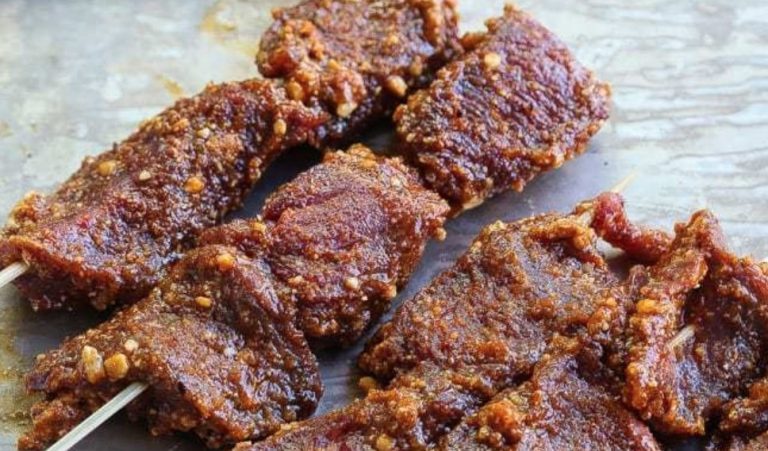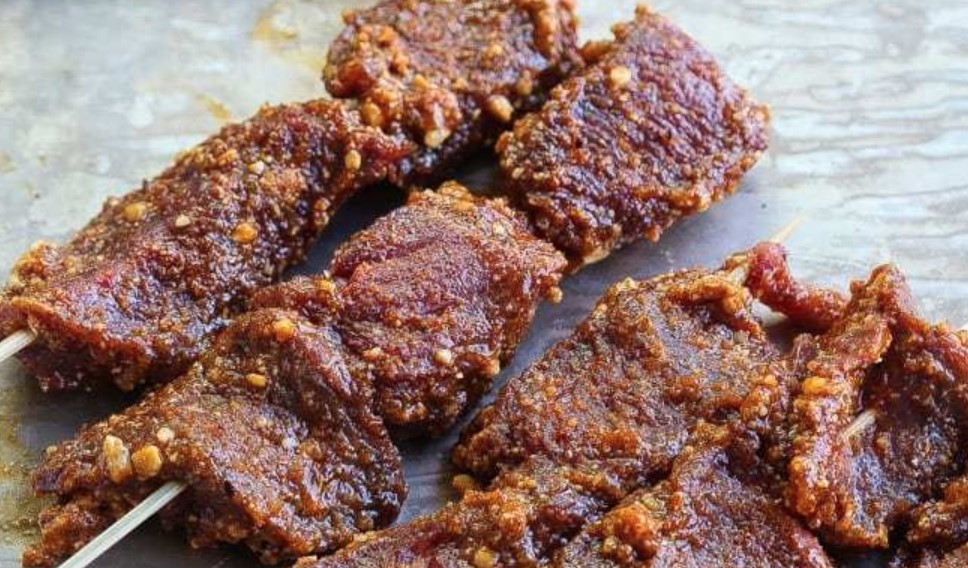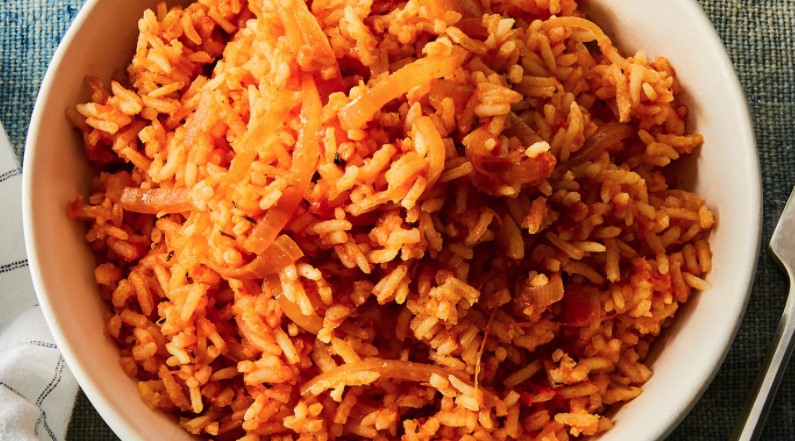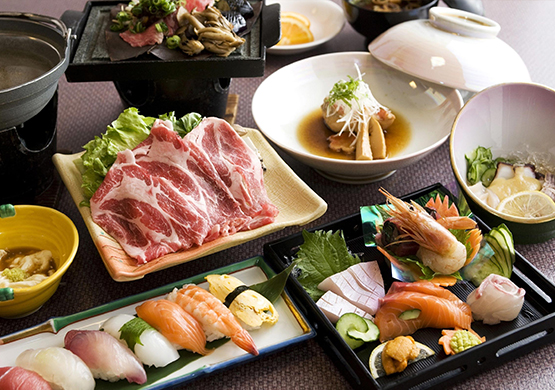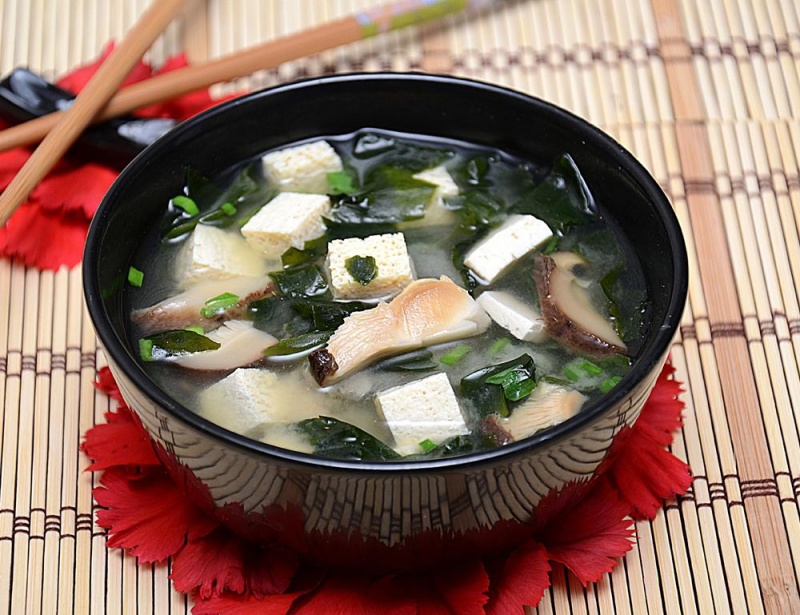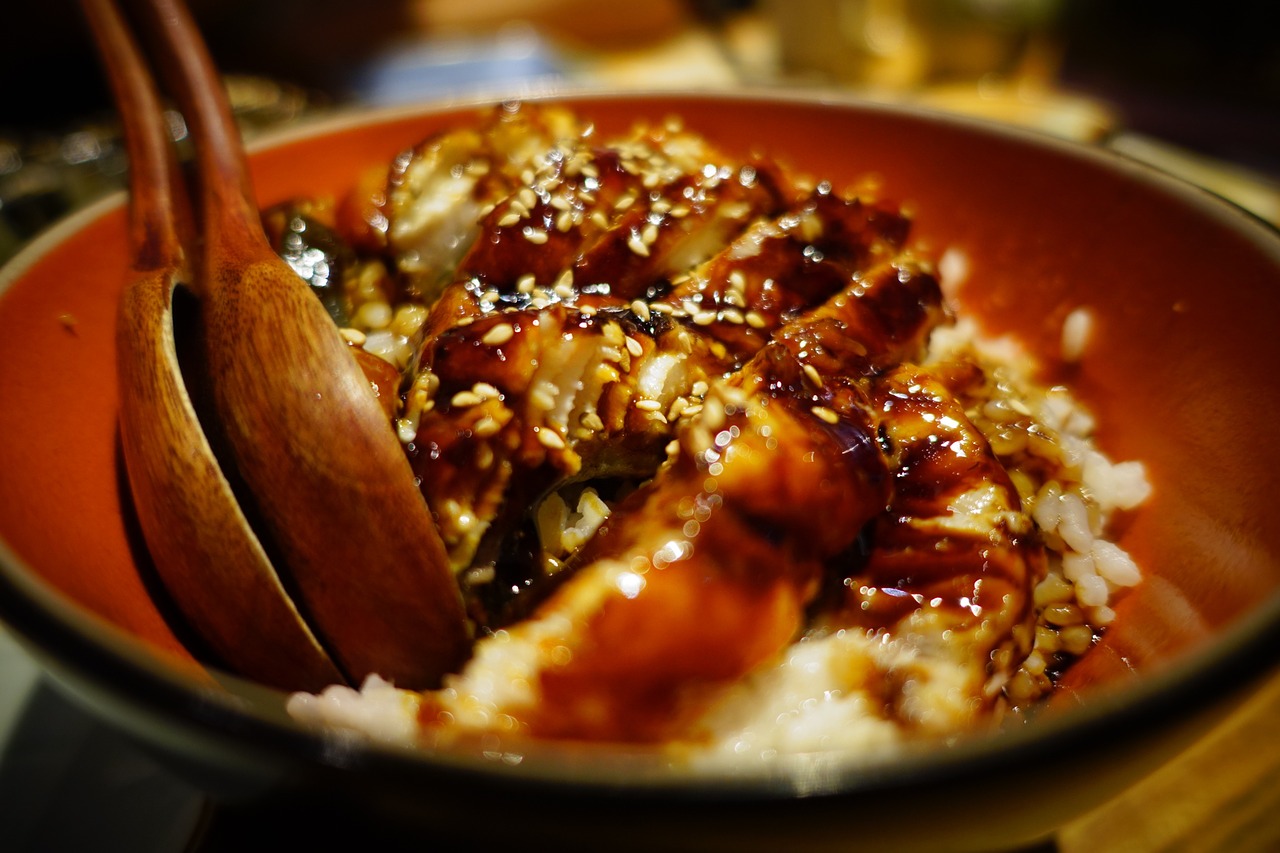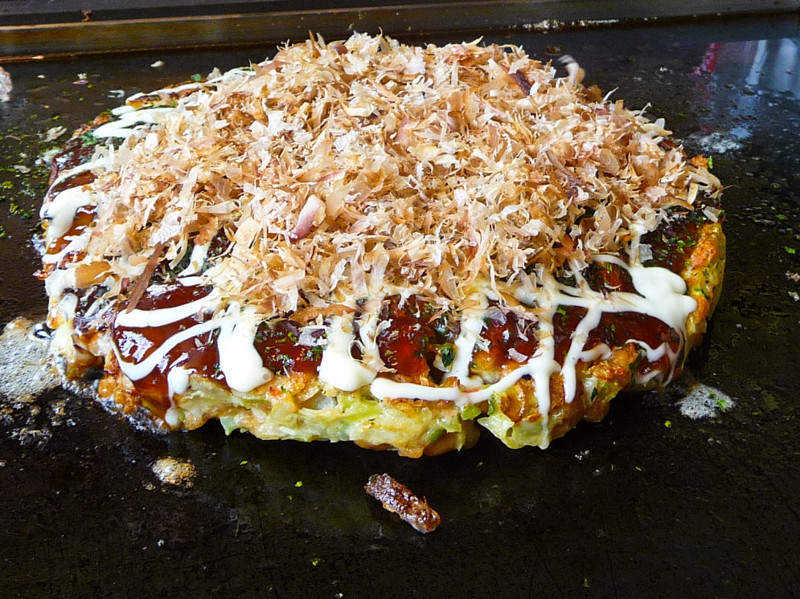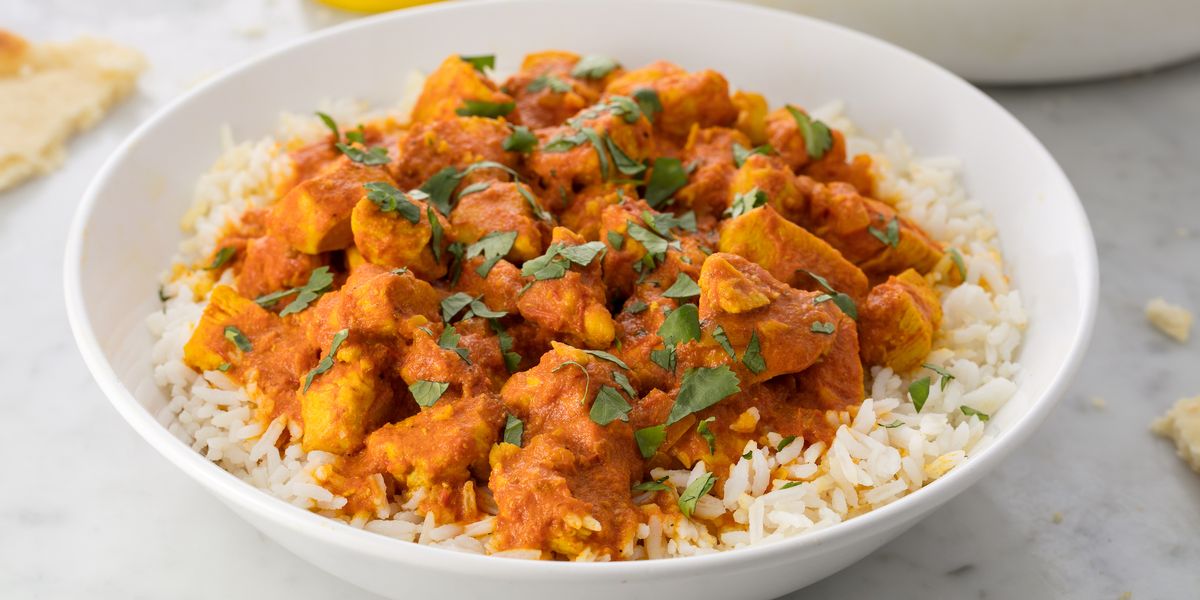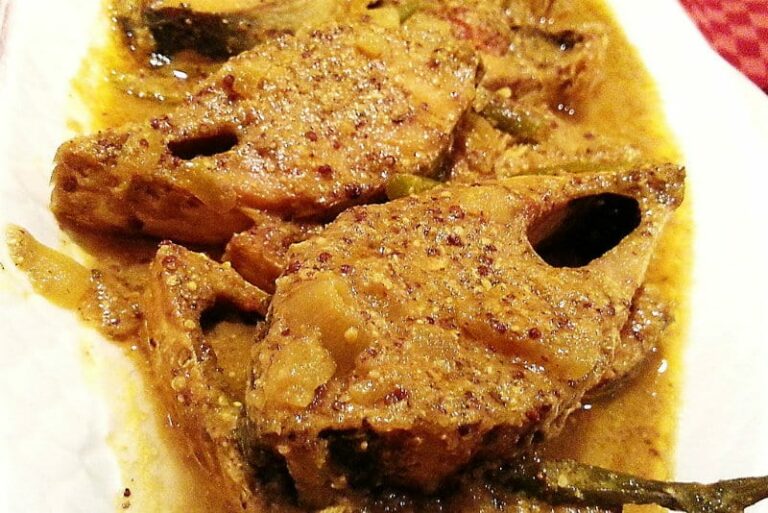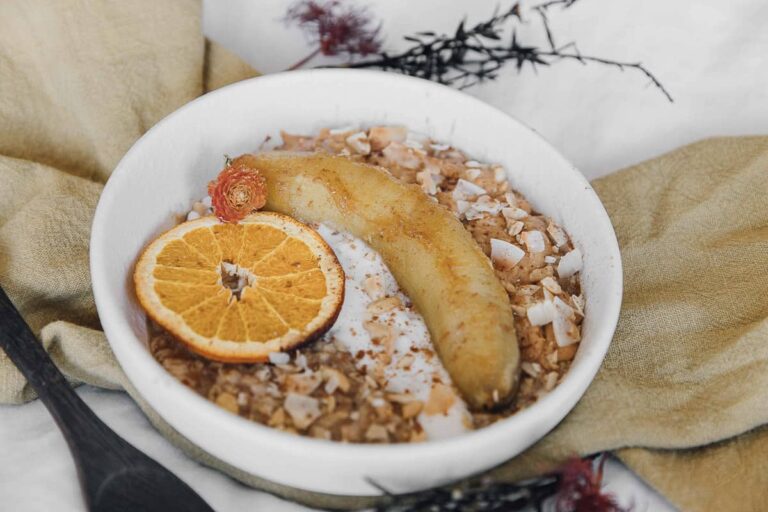French Cuisine: Food Aesthetics : France is a real gastronomic paradise, everyone knows about it. No other country in the world has shown such attention to food as here. Traditional French cuisine is distinguished by a variety of tastes, exquisite combinations of ingredients, and special cooking technologies. Whether it’s breakfast, lunch, or dinner, it will always be a gastronomic extravaganza. Along with Chinese and Georgian, French cuisine is called the most diverse, vibrant, and original on the planet.
The French regard cooking as an art and famous chefs are called a kind of poets. They believe that ready-made recipes serve only as a basis for cooking, using which each housewife can bring something of her own and thereby make her dishes special and different from the dishes of the same name served in restaurants or in other families.
 French cuisine is conventionally divided into three parts:
French cuisine is conventionally divided into three parts:
cuisine regionale – regional cuisine;
cuisine bourgeoise – widespread French cuisine and haute cuisine – extremely refined cuisine, an example of which was at one time the court cuisine of the French kings.
Simple and homemade cuisine in France is appreciated as much as dinner in a restaurant.
The concept of “haute cuisine” – that is, exquisite, based on complex preparation, unusual products, and a special presentation, appeared right here. The most famous and respected restaurant rating – “Michelin Red Guide”, also has a French origin.
Regional French Cuisine of the Southern Provinces

(Provence, Languedoc, Basque region, Gascony) is sharply distinguished by the pungency of food, great use in its preparation of wines and spices, especially garlic and onions. The regional cuisine is traditional. If in Provence more fragrant herbs are added to the meat, then in Burgundy they will cook it with wine. Alsatian cuisine also has its own characteristic features, characterized by satiety, more significant use of pork and cabbage. Residents of coastal areas use more seafood in their cuisine – fish, crabs, lobsters, lobsters, shrimps.
Compared to other European countries, French cuisine uses fewer dairy products. The exception is the cheeses that are famous all over the world. A platter of cheeses and a green salad must be served before dessert.
Another feature of French cuisine is the wide variety of sauces. The British even joke about this: if in England there are three kinds of sauces and three hundred and sixty kinds of religion, then in France there are three kinds of religion and three hundred and sixty recipes for sauces. In fact, it is believed that there are more than 3000 sauces in French cuisine.
French housewives use sauces to give dishes a certain taste and aroma and, with the same composition of the main products, diversify their food, and if the hostess has a pre-cooked broth in the refrigerator, making the sauce does not take much time.
The arsenal of spices of the French hostess is somewhat different from ours, namely, the widespread use of leeks, tarragon, and rosemary. The use of these aromatic herbs is desirable because they give food a special taste and smell.
Despite the absence of valuable sturgeon fish in France, the hostesses skillfully prepare delicious dishes from inexpensive fish using a wide range of various gravies and sauces. A characteristic feature of French cuisine is also the wide use, especially inside dishes for main courses, of vegetables such as artichokes, asparagus, lettuce.
Typical for the French table are omelets and cheese soufflés, which are prepared with various spices and fillings: ham, mushrooms, herbs.
Cooking a good omelet, according to the French, requires special attention. For omelets, choose heavy pans with a very flat bottom. Some experts from the French Academy of Gastronomy recommend: 1) do not cook anything else in the pan that is used to make omelets; 2) never wash this pan. It is enough to wipe the pan while still hot with clean paper with a little coarse salt and lightly oil to prevent rust.
Oysters (Huître)

France is extremely famous for its oysters. From September to April is the oyster season and in every cafe and restaurant, you will see people enjoying this delicacy. Oysters are usually eaten alive, sprinkled with a little lemon juice. Some prefer a natural flavor, while others use a variety of sauces and condiments with them. The most popular oysters are Belon and Maren-Oleron. Wild oysters are also highly valued and are caught at ebb and flow or near river estuaries. According to existing signs, they can be eaten at any time, except in summer, because at this time they multiply and their meat becomes tough. But the French have developed a new breed of oyster that is eaten in the summer months.
Before eating an oyster, you must first open the shell that contains this delicacy. To do this, you will be given a special knife, with which you can easily cope with this seemingly difficult problem. To prevent the mollusk from slipping, take it in a napkin, turn the sharp end towards you, and with a light movement insert the tip of the knife between the narrow slit of the shutters, gently push them apart and remove the surface protective film, cutting it in a circle, then pour the mussel with lemon juice and use it inside, citrus aroma will perfectly complement its piquant taste. By the way, you can understand that you can see fresh seafood when you shrink it, which is a characteristic reaction when an acidic environment is exposed to a living organism.
Snails
Snails are no less famous French food. They are eaten in two types: burgundy and smaller dark ones. Seasoned with onions, garlic, parsley, and other herbs, Burgundy snails are usually served in their own shells with garlic oil and herbs. Sauces and stews are made from the second type of shellfish. But you still need to be able to cook dishes from them. Also in France, grape snails (escargot) and mussels (moule) are highly prized.
Snails are served ready-made on hot iron utensils and eaten whole, just like raw oysters. You can take them with the help of special metal tongs, which are always applicable to the dish. Armed with them in your left hand (if you are right-handed) and a special oyster fork (usually with one prong) in the right, holding the cornea of the snail with the first device, pull out its contents with the second. In this case, garlic oil will become an excellent component that gives the snails a harmoniously finished taste.
Foie gras
Foie gras is a fatty goose or duck liver, one of the favorite French delicacies. The delicate taste of foie gras can be appreciated in both cold and hot dishes. It is also very popular pickled. Foie gras is currently banned in many countries of the world, since the method of its production is considered rather cruel, but France is not yet ready to deprive itself of such a gustatory joy. This food, one might say new, is only about two hundred years old. However, during this time, the fame of him managed to visit all corners of the globe. Spices, pepper, and salt are added to the bird’s liver, then poured with cognac and left to spend the night on the ice. The next morning, truffles and Madeira mushrooms are mixed into it, and everything is ground into a uniform mass. In a water bath, the dish is kept for about one hour in the oven. Watering the goose with fat, the product is served cold. There are other foie gras recipes. To do this, the liver of geese is artificially enlarged.
Frog legs (cuisses de grenouille)
Frog legs are a famous French delicacy that is now served in a rare restaurant. This is due to the difficulties in cooking and many prohibitions designed to protect frogs from complete destruction. Boneless meaty frog legs are served stewed or fried with various sauces and seasonings. Frog legs taste like chicken meat.
They are usually eaten with their hands, grabbing a limb with their fingers and tearing off a small amount of meat with their teeth, but if the legs are large in size, it is customary to separate the pulp from the bone with a knife, and only then bring the slices of the delicacy to your mouth using a fork.
As the story goes, this exotic dish was not considered a delicacy at all during the Middle Ages and was the food of poor peasants. Due to the famine that reigned then and, accordingly, a meager diet, this food first took root among the common people, and only then, having already acquired a certain national cult, was it introduced into the culinary pantheon of France.
A characteristic feature of the French diet is the abundance of vegetables on the dinner table. Potatoes, various varieties of onions, green beans, spinach, cabbage of different varieties, tomatoes, eggplants, celery, salads are not a complete list of vegetables from which salads, snacks, side dishes are prepared.
First dishes – soups from leeks with potatoes, onion soup, seasoned with cheese, clear beef broth soups, filling soup, kasha, Provencal fish soup, fish soup.
Onion soup (soupe à l’oignon gratinée)
The famous French broth onion soup with cheese and croutons was once considered a soup for the poor because of its simple and inexpensive ingredients, it is now one of the most beloved in Europe. In fact, onion soup is a wonderful dish in every respect: tasty, aromatic, satisfying, warming, and empowering. According to Hemingway, this is a wonderful breakfast for those who have not slept. A plate of hot onion soup is instantly sobering after a long stormy evening and gives strength for a new workday. This property of onion soup was often used by the movers and traders of the Parisian markets, who started their work in the dark. Not for nothing, since time immemorial, when onions were the main ingredient in soup for Roman soldiers, the low cost and excellent bactericidal properties of this vegetable made it indispensable for a great army. In addition, it was then believed that raw onions caused headaches, and the stew was the main way of eating onions.
For centuries, onion soup has been a common dish on the table of the European poor. And only in the xviii century, it became a royal delicacy. According to legend, the inventor of the modern version of the onion soup was Louis XV. Finding himself on the hunt without supper, he made a soup of onions, butter, and champagne himself.
The recipe was extremely simple: fry a lot of onions in oil, pour champagne, bring to a boil and eat, however, his recipe was very far from what is called French onion soup today.
Another interesting property of French onion soup is that it is an excellent aphrodisiac. It does not have the harsh taste and smell of fresh onions, but most of its beneficial properties are retained. Onions contain vitamins A, C, B6, many minerals: from calcium to rare selenium. Onions even contain protein. And in combination with other ingredients of French onion soup: broth, cheese, croutons, and sometimes with cream and wine, you get a complete tasty dish that inspires romantic feats. And given the very low-calorie content of onions, we can say that this dish is ideal for both ardent men and graceful women.
In fact, the extraordinary taste and aroma of the soup are achieved thanks to a special recipe for caramelizing onions with the addition of wine, cognac, vermouth, or sherry.
When cooking many dishes, the French put a small bunch of herbs in the pan, the so-called composite bouquet, bouquet garni, – a small bunch of parsley, dill, bay leaves. Before serving, the bouquet is removed from the food.
Bouillabaisse
Bouillabaisse is also known as Marseille fish soup or Marseille fish soup. This is a true legend and pride of Provence. Bouillabaisse is an invention of the Marseilles fishermen, having sold their daily catch, in the evening they cooked soup from the remnants of this catch. And there were fish, and squid, and shrimp – everything that got into the net during the day. In addition to seafood, vegetables and herbs that were at hand were added to the soup.
The fame of the delicious soup spread throughout Europe, and it became a culinary attraction in Marseille. According to the cooking technology, it can be called an ordinary Russian triple ear: first, all small things are cooked that even a cat will not eat, then larger fish is cooked in the resulting broth, and so on. The difference between bouillabaisse and triple fish soup is in serving, that is, in its sequence – along with mustard-colored broth, pieces of baguette, thick garlic sauce, and grated cheese are served.
Pour broth into a plate (a pan of broth is served on the table), smear a piece of baguette with garlic rui sauce, sprinkle with cheese, and put in a plate with broth. So, drinking white wine, we do it until we cover the entire surface of the broth on the plate with these sandwiches. The baguette is dry, like a toast. He absorbs the broth. As soon as the plate is filled – without hesitation, we take a spoon and taste the croutons soaked in soup, because now they will bring a dish of fish that was last cooked in this soup.
Among the many recipes for bouillabaisse, two dominate: Norman and Marseille. The main difference between them is that potatoes are put in the Norman bouillabaisse, and the Marseille bouillabaisse is a rich soup made only from seafood. In restaurants that are located far from Marseille, such fish are delivered by plane specifically for the preparation of this soup.
The main types of fish used to prepare bouillabaisse in restaurants are sea rooster, sunflower, sea scorpion. They give the soup a true Marseilles flavor and aroma. Other fish are added to them – only about 7-10 species. Of course, the more different types of fish and other marine life are put into the soup, the richer and tastier it becomes. This is how various recipes for the famous bouillabaisse soup appeared, and it is not surprising that there simply cannot be a single “most correct” bouillabaisse.
In regional varieties, they add calvados, walnuts (Normandy) to bouillabaisse, acidify with vinegar (Brittany), use a bouquet of garni as spices, add potatoes to Toulon bouillabaisse.
Quiche
Traditional French open pie quiche made from chopped (puff) dough with various fillings is used in France as breakfast, lunch, dinner, or in addition to them. The most famous quiche – Lauren – with smoked brisket and Gruyere cheese. Anything can be used as a filling: vegetables, fish, meat, but always in combination with eggs, cream, and any kind of cheese. Quiche is eaten cold or hot.
Main dishes beef steak with deep-fried potatoes and steak with blood with a slightly toasted crust and almost raw inside. These two dishes are the epitome of French cuisine. The French love that the meat is not overcooked; pink juice should be preserved in it.
Widespread white meat stew with white sauce. Second courses include sea and freshwater fish (cod, flounder, halibut, mackerel, pike, carp), seafood shrimps, lobsters, scallops. After the second course, cheese is served on the table, with several varieties at once. You can drink cheese only with white or red wine, and in no case with juice or tea.
Cock in wine (Coq au vin)
Rooster in wine is a classic French dish. In France, fresh or frozen game is used to prepare this dish. Dishes are also prepared from seasoned game. The game is kept in the air (at home outside the window) for several days. The traditional Burgundy recipe uses a whole year-old rooster and red Burgundy wine, and it is very important to drink the same wine while eating the dish that was used in the preparation. The name of the dish can change depending on the name of the wine in which the chicken was stewed, it can turn out: coq au Chambertin, coq au Romanee-Conti or any other coq au. Of course, each wine-growing region has its own recipe for rooster in wine.
Croissants

Croissant, along with a baguette, is the most popular type of baked goods in France. It is baked from puff or yeast dough and can be with all kinds of sweet and savory fillings. In fact, Croissants is not a French “invention” at all, and we must give credit to the French, they do not deny this. There are many legends about the origin and shape of this unusual bun. In 1863, the Ottoman army laid siege to Vienna, and then, during the retreat, the Turks left a large number of sacks of coffee. A Viennese pastry chef found these bags and decided to serve fresh, fragrant crescent-shaped buns (a symbol of victory over the Turks) with oriental coffee in his bakery.
In the 19th century, the French radically changed the baking recipe, they began to bake it from puff yeast dough with butter, which changed the taste of baking beyond recognition. So it turns out that Viennese and French croissants are similar only in shape, and the recipe for a modern croissant belongs to the French. Its success became so incredible that soon the croissant was called a French bun.
The traditional French breakfast is coffee and croissants, most often of natural flavor, so that you can cut it in half, spread with Norman butter and homemade jam. Croissants with chocolate are also very popular.
If you have tried French sweets and desserts, then you will forever remain connoisseurs of French cuisine, and the desire to enjoy French desserts will arise again and again. Like everything in France, desserts have their own unique history. We all know that dessert is something sweet, tasty, and unusual, but in France, dessert is a broader concept.
After all, the word dessert itself comes from the Old French word “desservir”, which meant “to clear the table”. Thus, a dessert is a dish that is served after the main one, and it can be sweet, and nuts, and fruits, and berries, and juices, baked goods.
Mille Feuille
A famous French pastry or cake, consisting of three layers of puff pastry, greased with cream. The fact that in Russia, the countries of Eastern Europe and Scandinavia is proudly called “Napoleon”, in France it is poetically called “millefeuille” (mille-feuille in translation “yarrow”) – a divine dessert made of almond cream with berries and fruits between layers of puff pastry …
An important component of Mille Feuille is puff pastry. It, like a setting for a good diamond, should not interfere with the enjoyment of the dessert but is intended to slightly complement the unique taste of the filling.
The origin of puff pastry has its own mysterious history. The Assyrians invented it. Apparently, it was not easy without a refrigerator: to make the dough, it had to be rolled out thinly, greased with butter, sprinkled with flour, folded into an envelope, put in the cold – and so several times!
When baking, the oiled layers are separated from each other, and a puff pastry is obtained. The country of Assyria has long disappeared from the world map, and the dough invented by its inhabitants still forms the basis of many famous oriental sweets. So, the famous baklava is the same Mille Feuille! Real baklava for the sultan should have at least 40 layers – according to the number of beloved wives from the harem. Each wife had to roll out the dough once, put a filling of nuts and spices on it, and the sultan could already try all this and choose: whose layer is tastier, that is the beloved wife.
Now there are various variations of the Mille Feuille recipe: sometimes seasonal fruits or jam, whipped cream, chocolate, powdered sugar, and more are added to it. Traditionally, Mille Feuille is a dessert, but now it is found in a savory form.
Macaron
One of the most famous French delicacies is a delicate but crunchy pastry. Traditionally, two round cookies are baked, between which cream is placed, but there are also variations with jam or jam. French pasta comes in a variety of flavors, and you can usually guess by its color. The most common are vanilla, chocolate, strawberry, and pistachio. Born in Italy, macaroni (macaroon) quickly gained fame in the French court. Marie Antoinette, for example, adored macarons since childhood and even named her cat after them. At culinary sites, macarons are made like macaroons, but this recipe is somewhat “outdated”: this is how macarons were made in the 18th century.
Now the recipe for this cake is based on egg whites, almond powder, sugar, sweet ice, and salt … but there is a little trick in its preparation: before baking, the baking sheet is left in the air for about half an hour or an hour, depending on the humidity of the air – then it forms on macaroons a film that protects them from cracking, and a characteristic “skirt” around the edges – croûtage, as the French say.
Each French confectionery has its own trademark: for example, the famous Laduree every year invents a new aroma and color of macarons for true gourmets. Multicolored crispy round pieces, fastened with a delicate cream, are happy to give for Valentine’s Day and Christmas, lovingly wrapping them in holiday wrappers with ribbon bows.
Cheese (Fromage) – occupy the main place in the cuisine of France.
Several decades ago, French President Charles de Gaulle exclaimed: “How to govern a country that produces 325 types of cheese?” In our time, these data are very outdated: the number of varieties of French cheeses has long exceeded five hundred. What are the reasons for this wealth and diversity? Of course, this is a variety of landscapes, from lush and rich pastures near the sea coast to the multi glass mountain meadows of Auvergne, Jura, and the Vosges, where cows of various breeds graze. These are the fertile valleys of the Loire and Rhone, where goats find their food at the edge of the vineyards, and the karst highlands of Provence, Languedoc, and the Pyrenees, where the only sheep can successfully survive.
But first of all, these are the people themselves, many generations of cheesemakers, who carefully, diligently, and skillfully learned to extract the best from the milk of their animals. And, finally, these are all the French in general: they know how to appreciate the individual taste of their “cheese platter”, consider this wealth as part of the famous ability to live (savoir vivre), and enjoy it.
There are a huge number of types of cheeses here: salty, sweet, soft, hard, spicy, homemade, moldy, in wine, in a salad, on a piece of bread, in a soup, and in thousands of different ways.
In France, more than 500 types of cheese are produced from cow, goat, sheep, and even buffalo milk, different in hardness and all kinds of fat content. Blue cheeses are very popular in France, some of the most famous: Roquefort and Brie. Camembert, Reblochon, Banon, Mimolet, Pont-l’Eveque, Temple and others are also produced here. Cheese can be served as an appetizer, dessert, or fondue.
Wine (vin)

France is a country of wine-growing regions, each of which grows its own grape varieties and, accordingly, produces its own wine. Cabernet, Merlot, Pinot Noir, Sauvignon Blanc, Chardonnay, Muscat are the most famous varieties of wine based on grapes growing in France. Real champagne is one of the favorite women’s wines, produced only in the French Champagne region. True wine aficionados often prefer fine French wines.
There is no hard and fast rule about when to use white and when to use red. Red wine, however, is more commonly used for cooking dishes from domestic and wild animals, and white wine for fish dishes. In the home kitchen, housewives often do the opposite and experiment. However, some dishes, such as edible shells – moule mariniere or fish and white meat dishes, are prepared only with white wine, because red wine gives them an unpleasant blue tint.
In French cuisine, only dry and semi-dry (unfortified) grape wines are used. White wine should not be very sour. In many of the now classic French recipes, some non-French wines such as port or sherry are recommended. But the French themselves often replace these wines with their own sweet wines such as Muscat. In Normandy, cider, which is widespread in this area, is actively used for the preparation of fish dishes. Cognac in the north of France is often replaced by calvados (apple vodka), and in Gascony – by Armagnac. Our cognacs can be successfully used instead of French ones as additives to wines or for burning directly on food, for example, on meat. To do this, before serving, the finished hot dish is poured with brandy and set on fire. This gives the food a specific flavor and flavor.
An important role in Haute French cuisine is played by the compatibility of drinks and dishes. For this, a special science has been created. Wine, chosen correctly and a little bit of luck, emphasizes the taste of the created dish. Poor choice of them only kills the experience of food. Many people know that red wine does not go well with white fish, but not everyone realizes that any wine does not match nuts, boiled eggs, chocolate, mayonnaise.
You can’t drink wine after coffee. Apples enhance their taste, cheese emphasizes their disadvantages and advantages. All this comes with experience and the study of special rules. The French recommend drinking white before red wine, young before old, and dry before sweet. And there are many such rules.
In France, the housewife’s ability to cook well is a matter of pride for herself and her family members. The French always talk about this with pleasure, and there is a special expression that characterizes a woman who knows how to cook food well – cordon bleu (blue ribbon).
We have had the French word “gourmet” for a long time. According to our dictionaries, he is a lover and connoisseur of delicious dishes.
The French have two words that differently characterize people who love delicious food. One of them is the same word gourmet, which is used to refer to people who love to be satiated with delicious food. Another word is gourmet. A gourmet is a person who understands the intricacies of gourmet food. This is a connoisseur in cooking. A Frenchman is pleased when he is considered a gourmet.
The French meal plan provides for two breakfasts.
The first breakfast – fruit and vegetable juices, eggs, cheese, butter, omelets (with jam, ham, cheese, mushrooms, herbs, stuffed tomatoes, and other side dishes).
Second breakfast – cold seafood and fish snacks, poultry meat, stuffed or stewed vegetables, hot dishes of simple preparation.
Lunch – any snacks of European cuisine, soups, main courses.
No more than one snack a day (and not an hour before meals). Clarifications are needed to understand this rule. French children, like their parents, always eat at the same time. Although children in France do not have snacks between meals, this does not mean that they are starving.
In France, parents don’t worry if kids get hungry between meals. They think it’s best to wait, but eat a normal healthy lunch at the right time. The French have a saying that perfectly reflects their attitude towards hunger: “bon repas doit commencer par la faim”, literally translated – “A good dinner begins with hunger,” or something like: “Hunger is the best seasoning.”
Etiquette is generally a separate chapter when it comes to the French nation, and even more so if during a meal.
The meal must be accompanied by an interesting conversation. The French at the table prefers to talk about culture, art, and French cuisine – the national pride of every Frenchman. It is not customary for the French to make lengthy toasts at the table. It is not accepted to clink glasses.
France is an amazing country, famous not only for fashion shows, but also for a variety of “delicious” holidays. Fans of tasting new dishes should definitely visit this country in October when the Week of Taste takes place. It ends with a grand festival of chestnuts, which has long been considered national.
The holiday dedicated to chestnuts is never forgotten either in big cities or in small settlements. These days, France can be called a gastronomic paradise, there are so many different kinds of food here. The only condition that must be met is the presence of chestnuts in every dish. For this, special varieties of this plant are grown. French restaurants offer visitors to try soups, cakes, mousses, liqueurs, and other chestnut dishes and drinks.
For those who, for various reasons, cannot visit a cafe or restaurant to enjoy something tasty, fried chestnuts in special bags are sold on the streets.
Not only people are not indifferent to the holiday of chestnuts, but the weather also loves it. The proof of this is the warm and sunny days that delight everyone throughout the holiday. These days, in addition to tasting all kinds of chestnut dishes, sports competitions, various contests for readers and theatrical performances are held annually, thanks to which you can find out how the chestnut got to France.
The smell of roasted chestnuts that is in the air for a whole week, delicious and original dishes, interesting and gambling contests simply will not allow anyone not to get into the festive spirit.
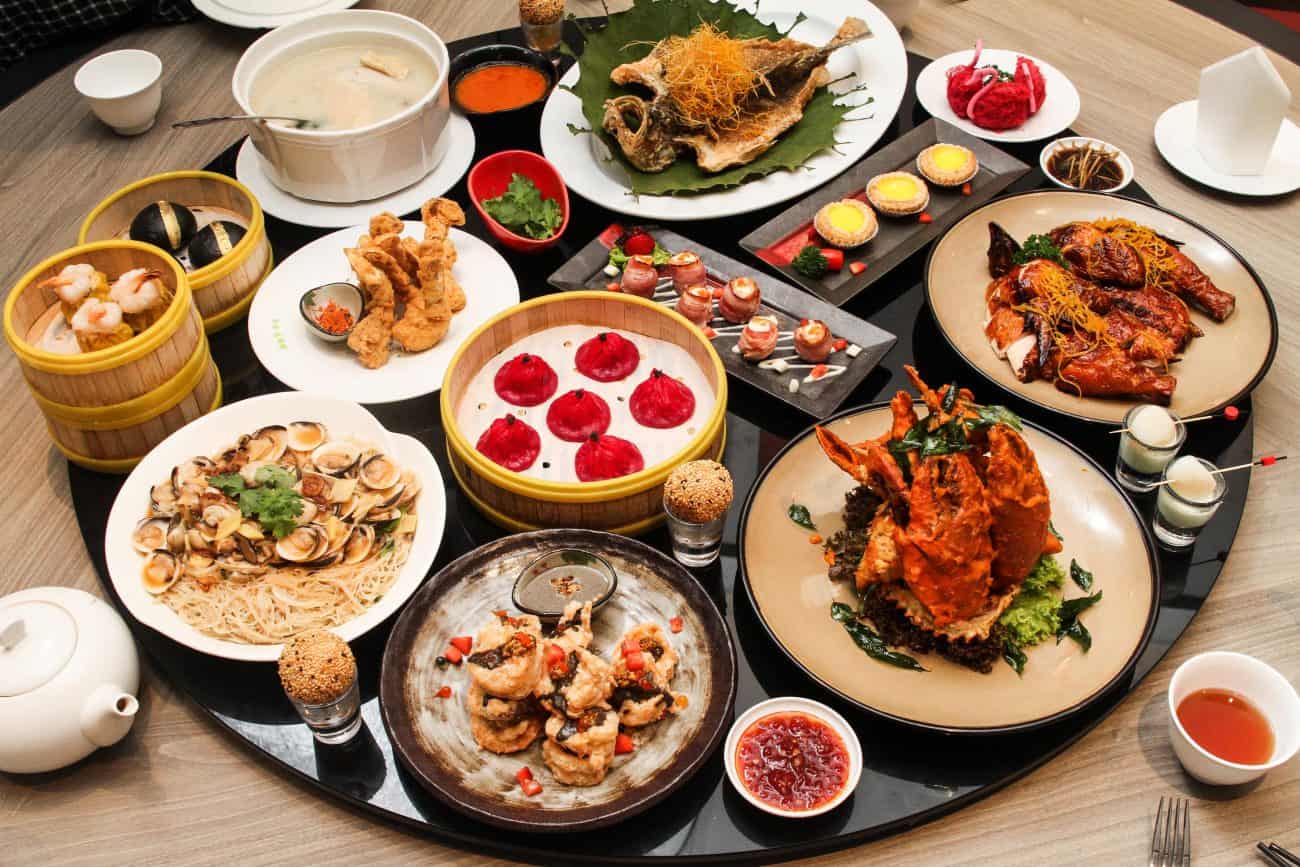
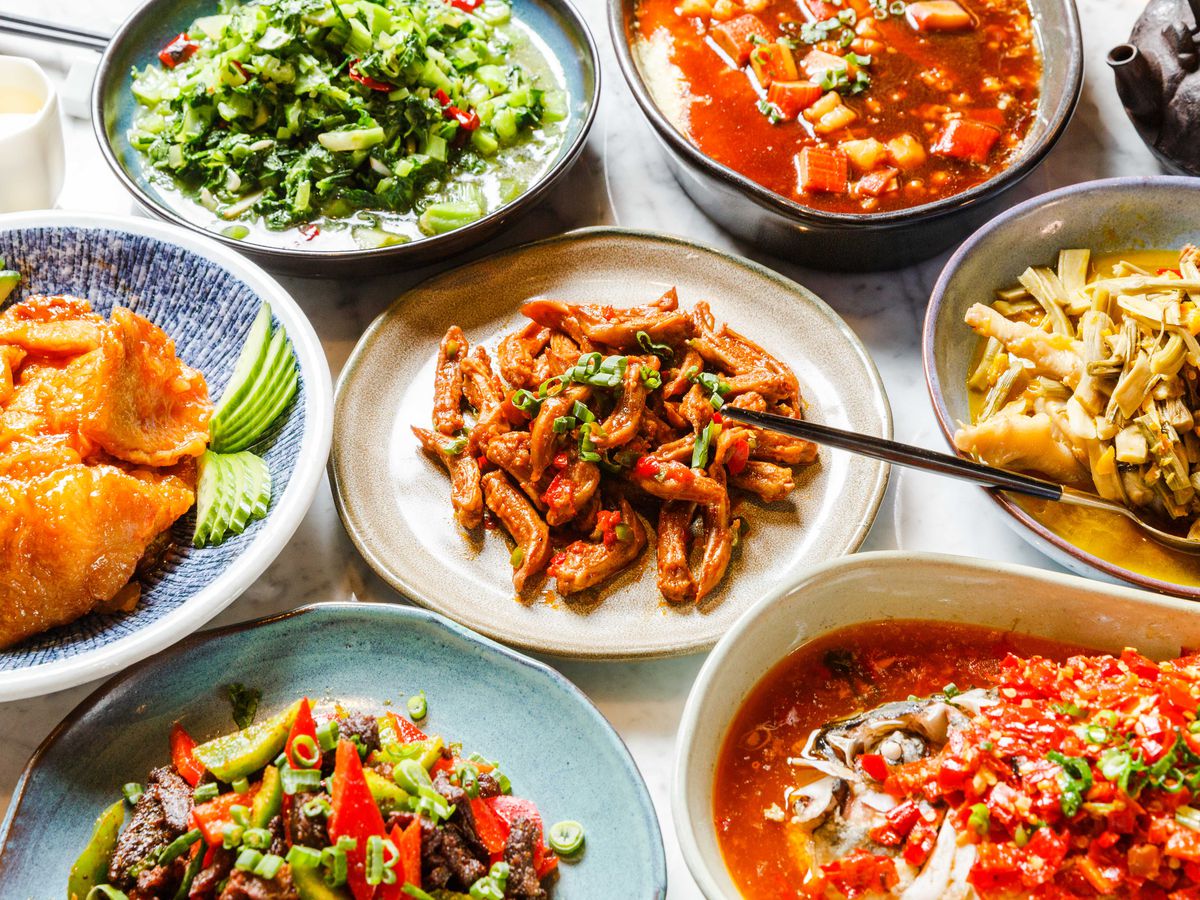
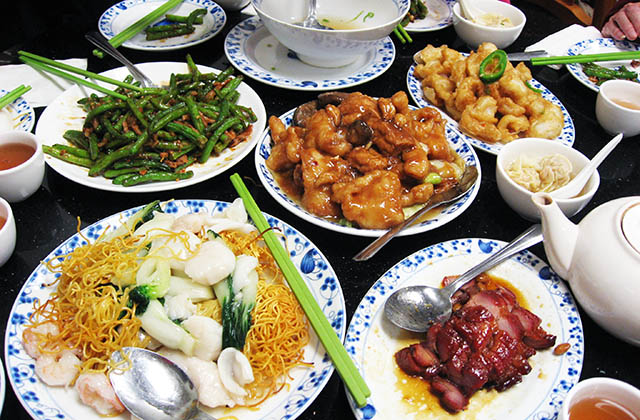

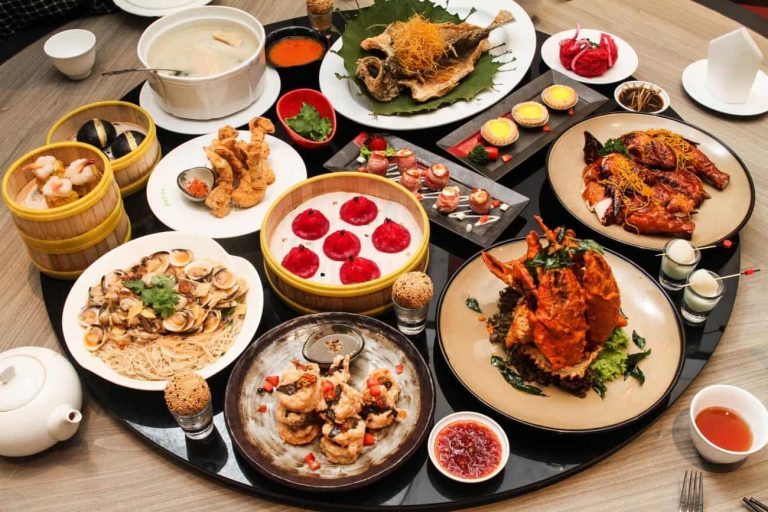

 French cuisine is conventionally divided into three parts:
French cuisine is conventionally divided into three parts:



